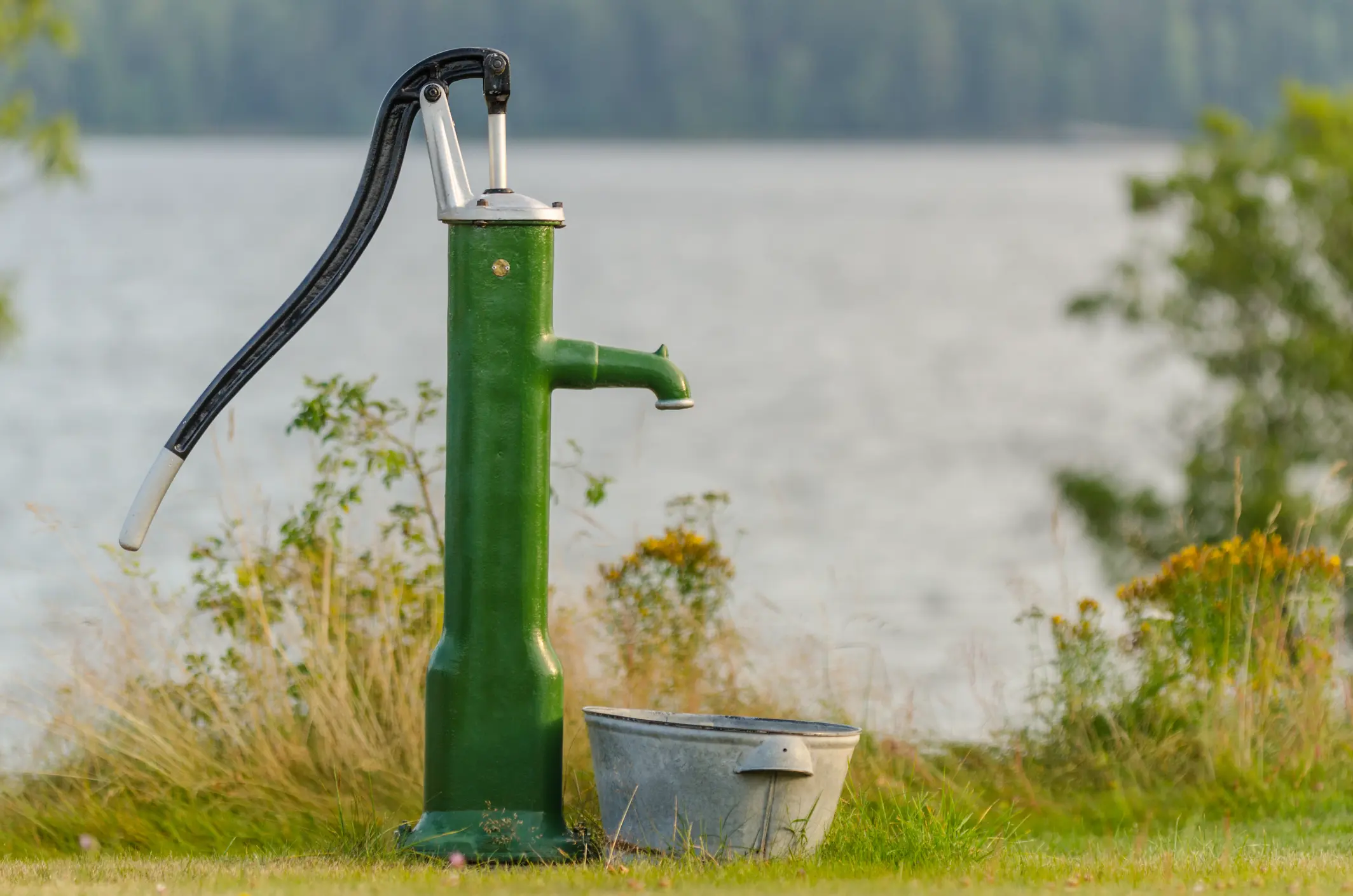Nano-technology in Well Drilling: The Future is Now at Austin Drilling & Well Repair
 In the ever-evolving world of technology, there’s a common saying: “Think big, start small.” This axiom perfectly describes the approach we at Austin Drilling & Well Repair are taking with our innovative use of nano-technology in well drilling. Nano-technology, as the name implies, deals with structures and materials on the nanometer scale, which is unimaginably small – about 100,000 times thinner than a human hair!
In the ever-evolving world of technology, there’s a common saying: “Think big, start small.” This axiom perfectly describes the approach we at Austin Drilling & Well Repair are taking with our innovative use of nano-technology in well drilling. Nano-technology, as the name implies, deals with structures and materials on the nanometer scale, which is unimaginably small – about 100,000 times thinner than a human hair!
But why is something so minuscule creating such a seismic shift in the well drilling industry? Let’s dive deeper into how Austin Drilling & Well Repair is leveraging nano-technology to revolutionize well drilling operations.
Enhanced Detection of Reservoirs
One of the significant challenges in well drilling has always been accurately locating and assessing potential reservoirs. Traditional detection methods can sometimes miss small reservoir pockets or inaccurately estimate reservoir size. By integrating nano-technology-based sensors into our drilling systems, we can achieve a higher resolution of underground mappings. These nano-sensors can pinpoint reservoir locations with unmatched precision, ensuring that no potential water or oil sources are overlooked.
Minimized Environmental Impact
Nano-technology brings with it a new wave of environmentally-friendly drilling solutions. At Austin Drilling & Well Repair, our commitment to the environment is unwavering. By using nanoparticles, we can improve the lubrication properties of drilling fluids, reducing the amount of waste produced and ensuring that the fluids are less harmful to the environment. These nano-enhanced drilling fluids also reduce wear and tear on equipment, increasing the lifespan of our tools and further decreasing our environmental footprint.
Cost-Efficiency and Durability
Economic efficiency is a critical aspect of any drilling operation. The application of nano-technology has made it possible to fortify drilling equipment on a molecular level. Materials treated with nanoparticles exhibit enhanced resistance to corrosion, wear, and extreme temperatures. This not only means that equipment lasts longer, but the chances of unexpected failures or maintenance downtimes are significantly reduced. For our clients, this translates to faster, more reliable drilling services at a reduced overall cost.
Improved Flow and Production
One of the remarkable capabilities of nano-technology is modifying the behavior of fluids on a microscopic level. By introducing nanoparticles to reservoirs, we can modify the properties of the fluid, making it easier to extract. This nano-enhancement optimizes flow rates and can significantly boost the overall yield of a well, making operations more profitable for our clients.
Future Prospects
The use of nano-technology in well drilling is still in its nascent stages. As we continue to invest in research and development, we’re optimistic about uncovering even more groundbreaking applications of this technology. We’re looking at possibilities such as self-healing materials that can automatically repair minor damages, or nano-robots that can provide real-time feedback on reservoir conditions.
Nanotechnology and Water Management: A Comprehensive Insight by Austin Drilling & Well Repair
Water is undeniably a vital resource, and with the ever-increasing demands of our modern world, its effective management has never been more crucial. At Austin Drilling & Well Repair, we’re not just looking at traditional solutions. We’re peering into the realm of the microscopic, into nanotechnology, and exploring its vast potential in water management, quality improvement, and treatment processes. Here’s a deeper dive into the transformative role of nanotechnology in these areas:
How Is Nanotechnology Used In Water Management?
Nanotechnology, which operates on the scale of nanometers (a billionth of a meter), has introduced innovative methods and materials for efficient water management. Some of its uses include:
- Detection and Monitoring: Nanosensors can detect contaminants at incredibly low concentrations, enabling real-time monitoring of water sources.
- Desalination: Nanoporous membranes have revolutionized desalination processes, making it more efficient to convert seawater into freshwater.
- Enhanced Filtration: Nanostructured materials, such as carbon nanotubes and nano-sized zeolites, can filter out contaminants that traditional systems might miss.
- Water Storage: Nano-coatings and materials can improve the longevity and safety of water storage solutions, ensuring minimal water loss and contamination.
How Nanotechnology Can Improve Water Quality?
Water quality is paramount for health and well-being. With nanotechnology, we’re achieving new milestones in ensuring cleaner, safer water. Here’s how:
- Targeted Contaminant Removal: Nanoparticles can be engineered to target specific contaminants, from heavy metals to organic pollutants, ensuring thorough purification.
- Disinfection: Silver nanoparticles, known for their antimicrobial properties, are now being integrated into water purification systems, offering a chemical-free disinfection method.
- Reduced Chemical Usage: With nano-filters and membranes, the need for chemical coagulants and disinfectants is reduced, leading to less chemical discharge back into the environment.
- Real-time Analysis: Nanosensors provide continuous water quality monitoring, allowing for instant adjustments and ensuring consistently pure water.
What Is Nanotechnology In Water And Waste Water Treatment?
While water treatment processes have been in place for decades, the integration of nanotechnology has led to more advanced and efficient treatment solutions. When we speak of nanotechnology in water and wastewater treatment, we refer to:
- Nano-filtration: A pressure-driven membrane process, using nanometer-sized pores to separate water from contaminants.
- Photocatalytic Degradation: Nanoparticles, such as titanium dioxide, are used to break down organic contaminants when exposed to sunlight, effectively purifying the water.
- Adsorption: Nanomaterials have high surface areas, making them excellent adsorbents. They can attract and hold onto various contaminants, effectively removing them from water.
- Antibacterial Treatment: As mentioned earlier, silver nanoparticles can eliminate bacteria, viruses, and other pathogens from water, making it safer for consumption and use.
- Heavy Metal Removal: Nanosized magnetite, for instance, can be used to extract heavy metals from wastewater, preventing their harmful release into the environment.
At Austin Drilling & Well Repair, we envision a future where water, our most precious resource, is managed, purified, and conserved with utmost efficiency and innovation. As we delve deeper into the microscopic wonders of nanotechnology, we’re not just seeking solutions; we’re shaping the future of water for generations to come. Through continual research, investment, and application, we’re making strides toward a world where clean water isn’t a luxury, but a given.
Give Us A Ring Today!
At Austin Drilling & Well Repair, our vision is clear: harness the potential of nano-technology to provide safer, more efficient, and environmentally-friendly well drilling solutions. We’re proud to be pioneers in this field, and we’re committed to driving innovation for the benefit of our clients, the environment, and the well drilling industry as a whole. In a world that’s rapidly advancing, it’s the tiniest of technologies that might just have the most significant impact. And we’re here, leading the charge, one nanometer at a time.


